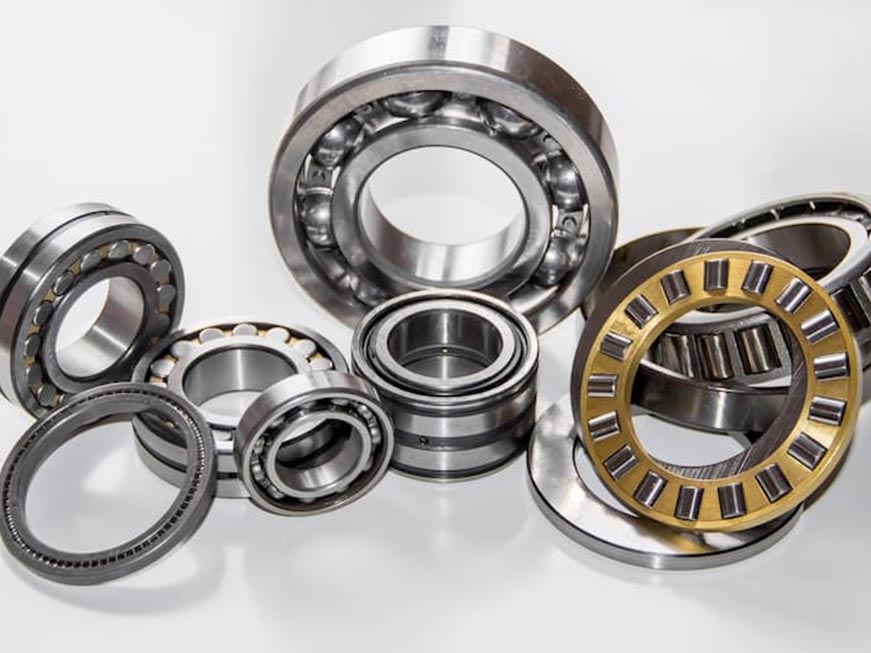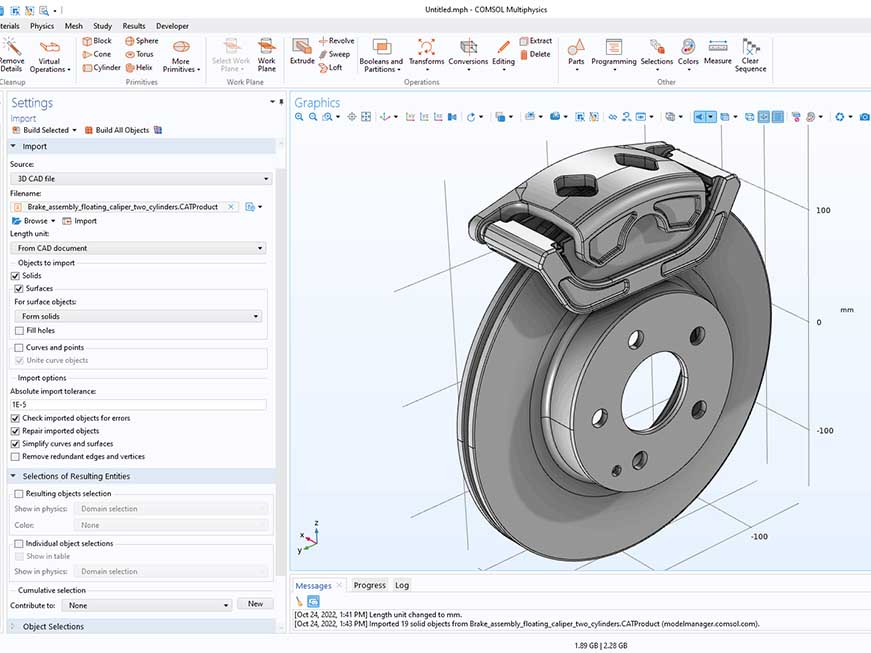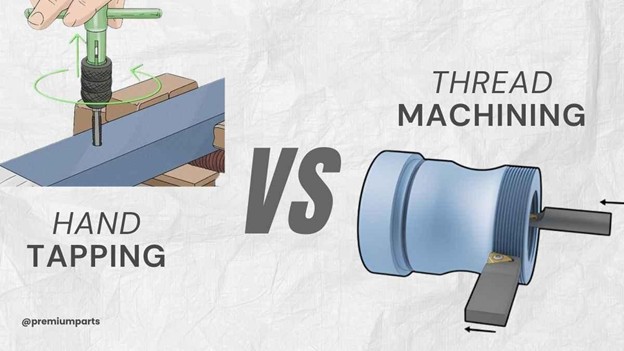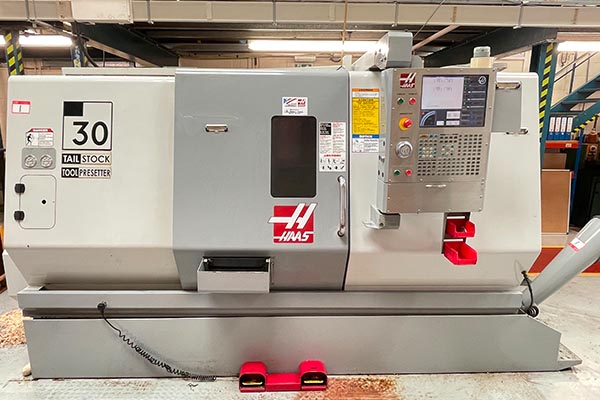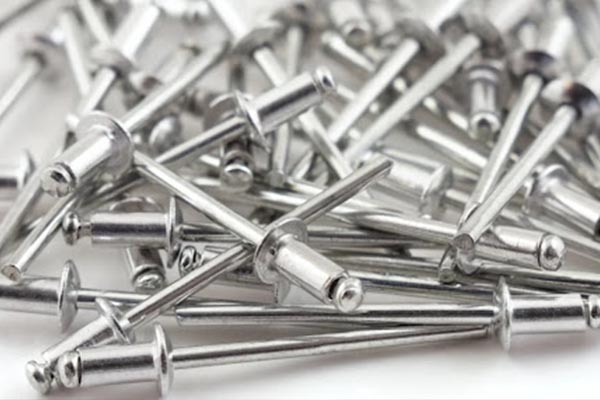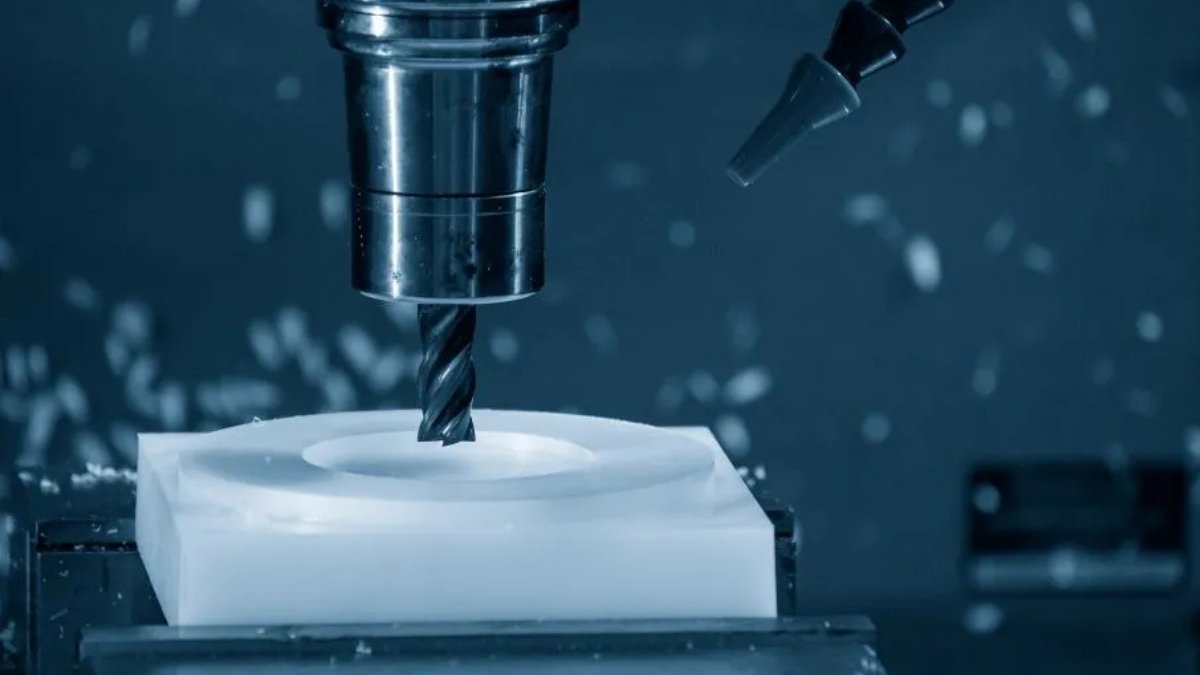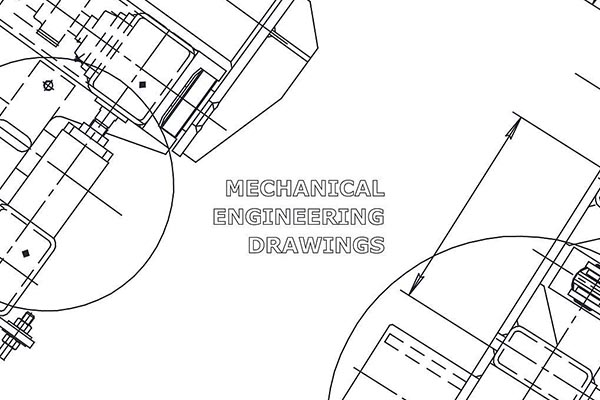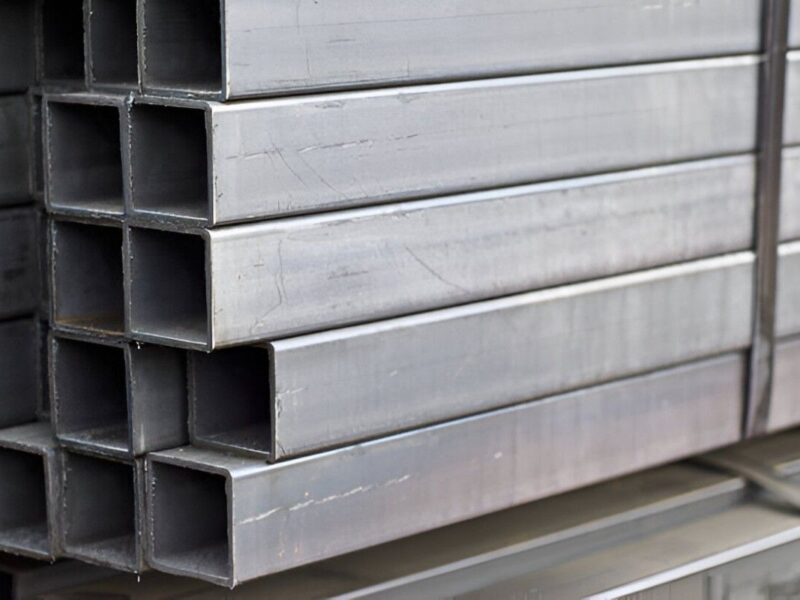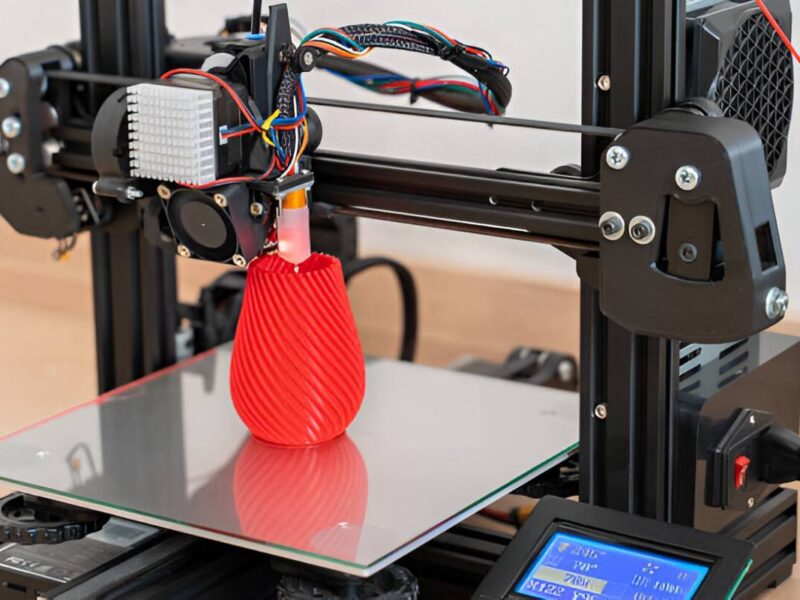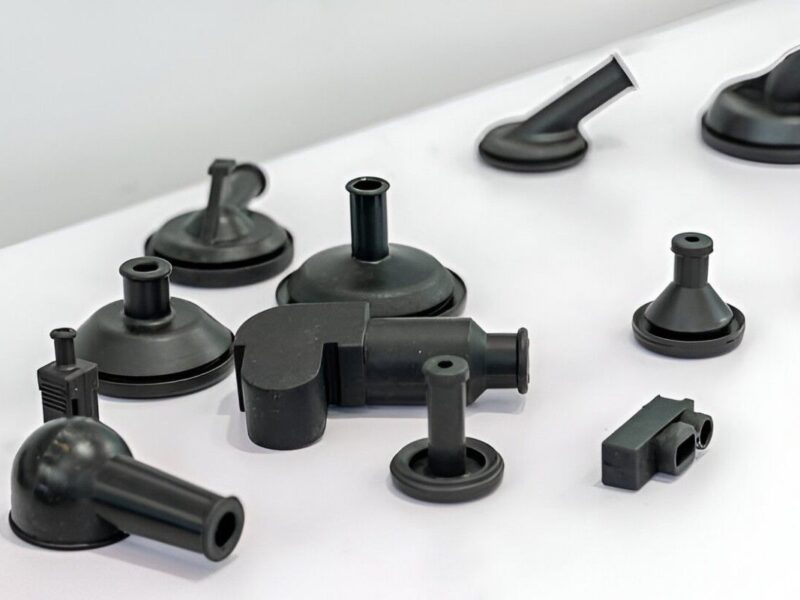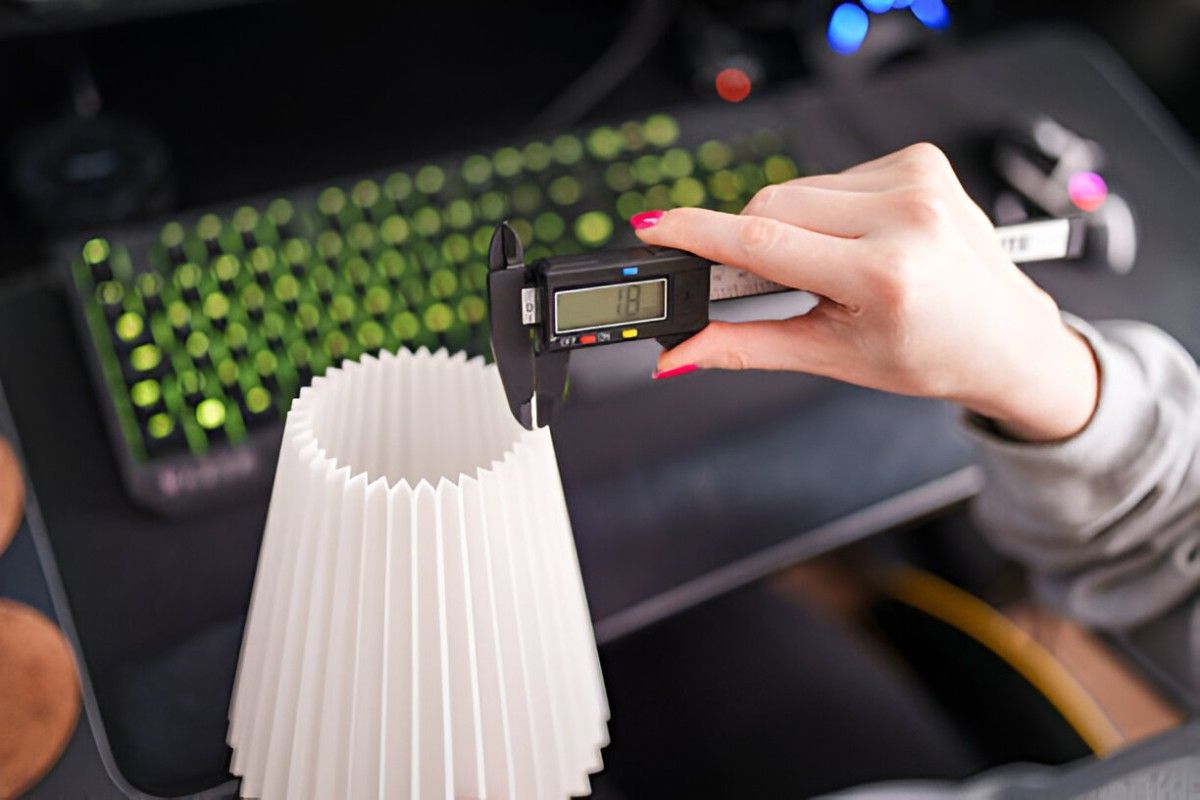 3D Printed Lamp
3D Printed Lamp
Image Description: Woman carefully measuring a 3D printed lampshade using a caliper
3D printing, also known as additive manufacturing, is an increasingly popular method for creating a physical iteration of a three-dimensional CAD model. Unlike conventional and subtractive manufacturing techniques, 3D printing produces a part by building a model from the ground up. In contrast, subtractive manufacturing uses specialized methods to chip away at a complete workpiece, removing material until the final desired part is achieved.
Lean manufacturing involves creating a waste-free or reduced-waste production process. Its primary aim is to achieve cost savings through material, process, and design optimization, thereby reducing both bottlenecks and production costs. Today, lean manufacturing practices are on the rise, and 3D printing is one of their most efficient appendages. How? With 3D printing, lean manufacturing can become better adaptive to changes in design demands and volume flexibility.
What is the Norm?
It is important to stress that no manufacturing process is intentionally wasteful. Even when using subtractive manufacturing techniques, engineers and design experts continue to explore various ways to reduce costs. Unfortunately, optimal cost savings and process optimization may not be achievable with specific production methods. Regardless of what is done, processes such as CNC machining (including drilling, grinding, milling, and boring) will remove material from workpieces. Unless this is done strategically, the materials removed from the workpiece may not be recyclable or reusable.
How does 3D Printing promote Lean Manufacturing?
Reduced material waste
The nature of additive manufacturing often means that only the required material to produce a part is used up. Bar errors in 3D printing, such as incorrect flow rates, nozzle sizes, and wall thickness, can render this method of manufacturing entirely waste-free. As there are different categories of waste, additive manufacturing generally integrates with the principles behind lean manufacturing to achieve lowered defects, reduced waiting times, improved inventory management, and streamlined digital logistics, thereby creating a bottleneck-absent and consistent manufacturing process. Due to its precision optimized by design for manufacturing, 3D printed parts will be designed with optimal performance and cost savings in mind.
Just-in-time manufacturing
As previously stated, additive manufacturing and 3D printing are more easily integrated into digital inventory systems and “Just-in-time” production systems, which optimize lead times for obtaining manufacturing and end-use parts. In line with its no need for tooling, 3D printing therefore makes inventory management more affordable and seamless than other manufacturing methods.
Low or non-existent tooling costs
3D printing promotes lean manufacturing by eliminating tooling costs and logistic bottlenecks that can arise when switching between parts. Through additive manufacturing, there is no cost incurred for creating new sets of tooling and fixturing. Only a digital model is required. Also, there is no need to incur physical inventory costs for used or new fixtures, as everything is held digitally.
Rapid Prototyping
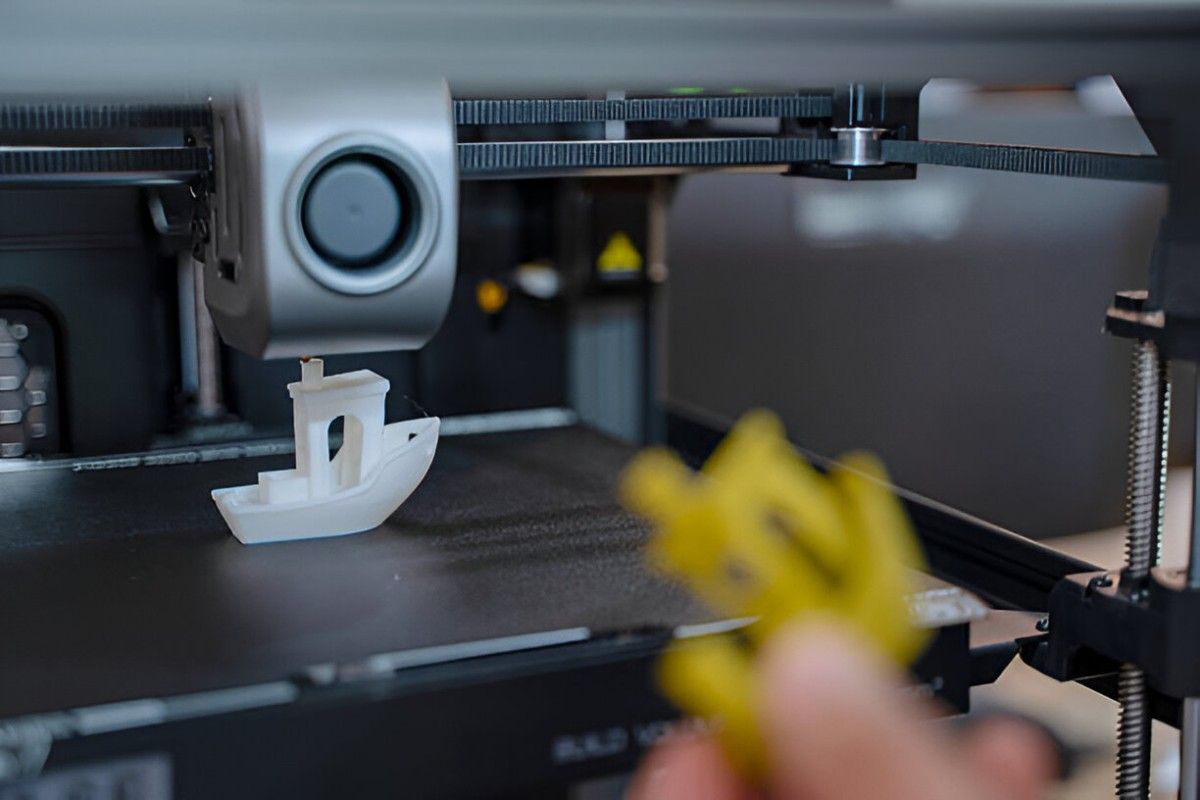
3D Printed Prototypes
Image Description: A person holds a prototype while a 3D printer creates another prototype.
The absence of expensive tooling costs means that 3D printing can produce multiple versions of a design part for prototyping purposes. This can be achieved by creating multiple copies of the digital model and modifying or removing specific features that distinguish one prototype from another. These models can all be 3D printed for simultaneous testing and design iteration, providing greater insights into the parts that may result in defects, process failures, and loss of functionality when used.
Without 3D printing, this process is significantly more prolonged and at times arduous, resulting in time-consuming testing when evaluating multiple product design ideas.
Creating complex parts
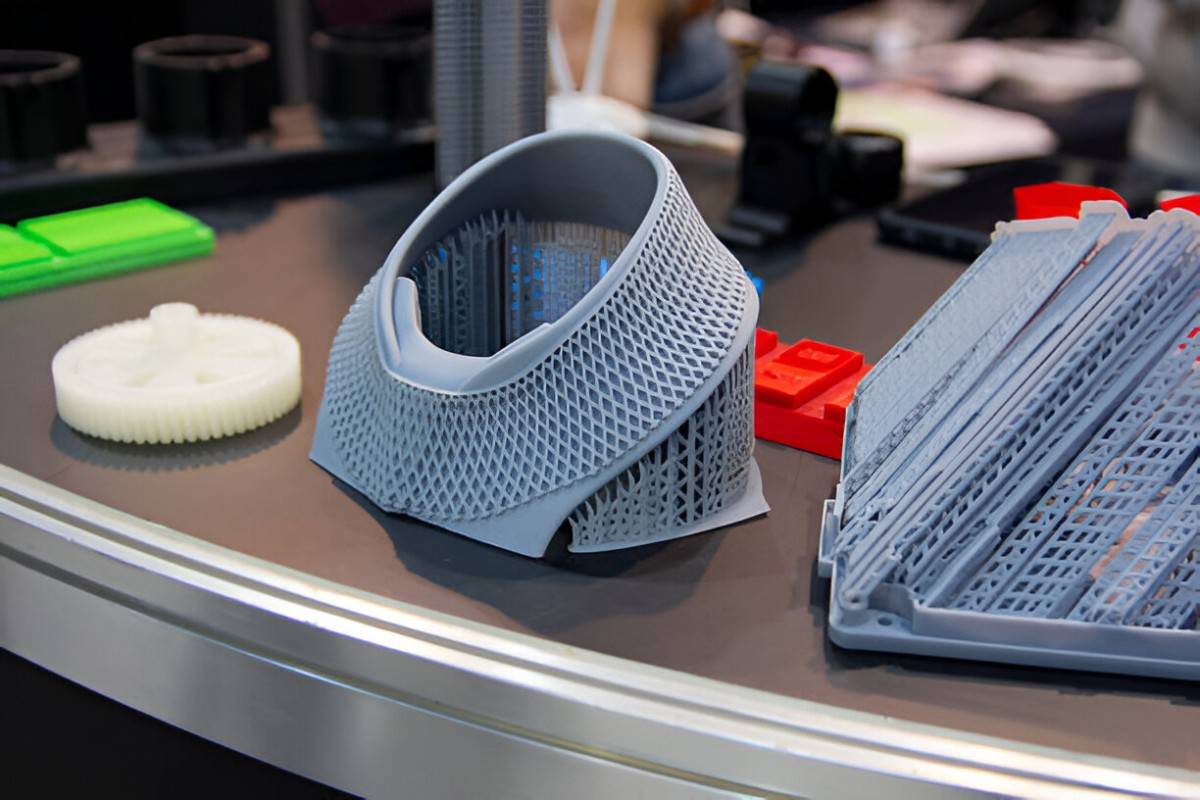 3D Printed Plastic Products
3D Printed Plastic Products
Image Description: A Variety of Plastic Products Manufactured by 3D printing are displayed on a table.
The digital model of the physical part to be printed serves as the backbone of additive manufacturing technology. This model can be likened to the tooling required in other manufacturing processes, such as injection molding. 3D printing leverages the digital nature of most new manufacturing systems to use a material-saving approach for complex geometries. With detailed CAD models, additive manufacturing enables production experts to align with their specifications for complex parts closely.
3D Printing manufacturing at Premium Parts
Premium Parts offers professional 3D printing service for making a wide array of product parts. At the Premium level, we offer a range of printing technologies compatible with various high-grade printing materials and filaments. Our excellent quality control systems ensure that all our deliveries are speedy and standard for every size of manufacturing. Feel free to inquire about your project with us, and we’ll help you determine the best materials and print technology to use.


